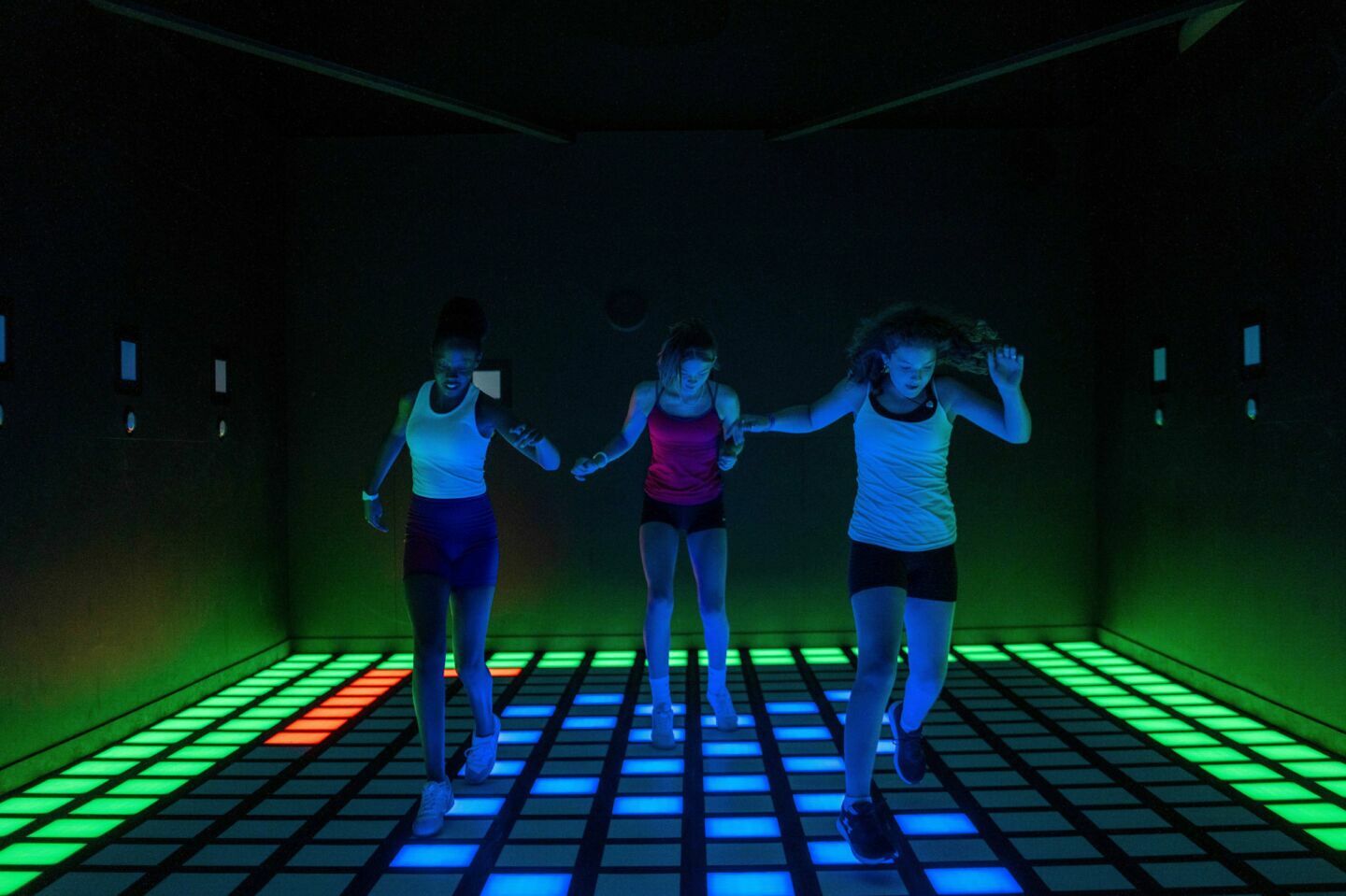The global indoor entertainment industry is undergoing a remarkable transformation, with activate games leading the charge. By blending advanced technologies like Augmented Reality (AR), motion sensors, and LED lighting systems, activate games are redefining what it means to play, compete, and engage in physical activity. This article explores the latest innovations in activate games and how these advancements are shaping the future of interactive entertainment.
AR Integration: Bringing Digital Worlds into Physical Spaces
One of the most exciting innovations in activate games is the use of Augmented Reality (AR). AR overlays digital content onto real-world environments, enhancing gameplay with immersive visuals and interactive elements. Imagine children and adults dodging virtual fireballs, navigating mazes with digital clues, or competing in team battles with holographic opponents.
By integrating AR, activate games create:
- Immersive Experiences: Blending digital storytelling with physical challenges.
- Endless Variety: Frequent software updates allow new scenarios without changing hardware.
- Increased Engagement: Gamers of all ages find AR-enhanced activities more thrilling and memorable.
Sensors: Precision, Interactivity, and Personalization
Modern activate games rely heavily on motion sensors and tracking systems to deliver accuracy and real-time feedback. Sensors detect body movements, speed, and reactions, making the experience highly personalized.
For example:
- Motion Sensors: Track jumps, runs, or gestures to unlock new levels.
- Pressure Pads: Measure footwork for dance-based or agility games.
- Biometric Feedback: Monitor heart rate or energy levels to adapt difficulty in real time.
These innovations allow activate games to go beyond “play” and enter the realm of fitness, training, and education, attracting not only entertainment seekers but also schools and sports centers.
LED Technology: Lighting Up Engagement
Lighting is no longer just decoration—it has become a core part of the activate games experience. LED walls, floors, and ceilings create dynamic environments that respond to player movement.
Key benefits include:
- Interactive Environments: Floors light up as players step, guiding them through challenges.
- Immersive Ambience: Themed lighting enhances excitement during gameplay.
- Cost Efficiency: Modern LED systems are energy-efficient, lowering operational costs for venues.
With synchronized LED effects, activate games offer a cinematic and futuristic atmosphere that keeps players coming back.
Market Outlook: A Future Shaped by Technology
According to Pixelverse market analysis, the integration of AR, sensors, and LED technology is pushing activate games into mainstream adoption worldwide. Family entertainment centers, malls, and even gyms are increasingly investing in this technology.
From Asia’s booming indoor playground market to Europe’s leisure hubs and North America’s fitness-entertainment trend, activate games are set to grow rapidly between 2025 and 2030. Investors and operators who embrace these innovations early are likely to see higher returns and stronger customer loyalty.
Why Innovation Matters for ROI
Technological innovations in activate games are not just about entertainment—they directly impact profitability. AR creates recurring excitement, sensors improve safety and replay value, and LED designs reduce long-term costs. Together, these technologies shorten ROI timeframes and ensure sustainable business growth.
Final Thoughts
The future of activate games is bright, dynamic, and technologically advanced. By integrating AR, sensors, and LED systems, operators can deliver world-class entertainment while driving profitability. For entrepreneurs, these innovations represent a unique opportunity to invest in the next generation of interactive entertainment.
For more details, scan my WeChat QR code to contact us👇.

